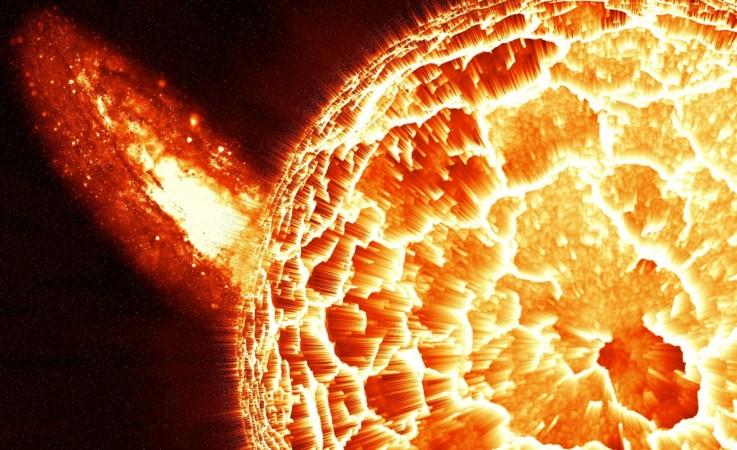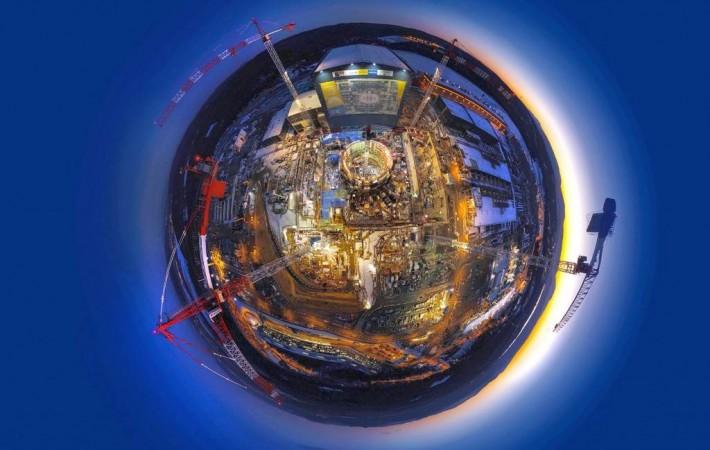
China is working on an ambitious project which is expected to offer almost an unlimited supply of power to its people. The country's central government has reportedly decided to back a plan to build the world's first experimental nuclear fusion power station, following which at least three Chinese cities are now vying to host the facility.
The lucrative project, which has been in the works since at least 2013, is estimated to cost more than 100 billion yuan ($15.2 billion) while it is scheduled for completion in 2035. The cities that are said to be in the race to win the project include Shanghai, Hefei and Chengdu.
After successfully built, the reactor inside the power station will be able to heat hydrogen gas to a temperature 10 times hotter than the core of the Sun. It is at such extreme temperatures when atoms of deuterium and tritium -- the two isotopes of hydrogen -- merge to form helium. During the process, a small bit of mass would be lost, but creating a huge amount of energy at the same time.
Nuclear fusion is the very reason why the Sun has been burning for the past five billion years. The parent star of our solar system generates its energy by nuclear fusion of hydrogen nuclei into helium. According to scientists, the Sun fuses 620 million metric tons of hydrogen and makes 606 million metric tons of helium each second.
The same fusion is also regarded as the ultimate solution to humanity's energy needs, especially because there is no dearth of hydrogen in Earth's oceans, and the process won't produce any radioactive waste like today's nuclear power plants that use uranium as fuel.

The proposed Chinese fusion reactor will primarily be based on the design of the International Thermonuclear Experimental Reactor (ITER) that is currently under constructed in southern France. ITER, which recently reached 50 percent completion, is said to be the most expensive scientific facility ever built.
However, unlike ITER, which is expected to produce a fusion burn lasting nearly 10 minutes, the Chinese reactor is claimed to be able to achieve a fusion burn that could last for months. The designing of the upcoming Chinese reactor will likely be completed over the next two years while the construction is scheduled to start in 2021.
The Chinese government's latest move to throw its weight behind the project followed a significant comment by a senior Chinese government nuclear scientist that the country would make major progress in developing something called an artificial sun technology by 2023. The scientists also said that the technology would help China generate clean energy in 50 to 60 years.
Meanwhile, some experts have also raised concerns over serious impacts the fusion reactor might have on the environment.
"If some of the neutrons escape to the environment outside, even at a small percentage such as one in a thousand, they will pose a serious threat to people living and working nearby," Lei Yian, an associate professor at Peking University's school of physics, told South China Morning Post.
















